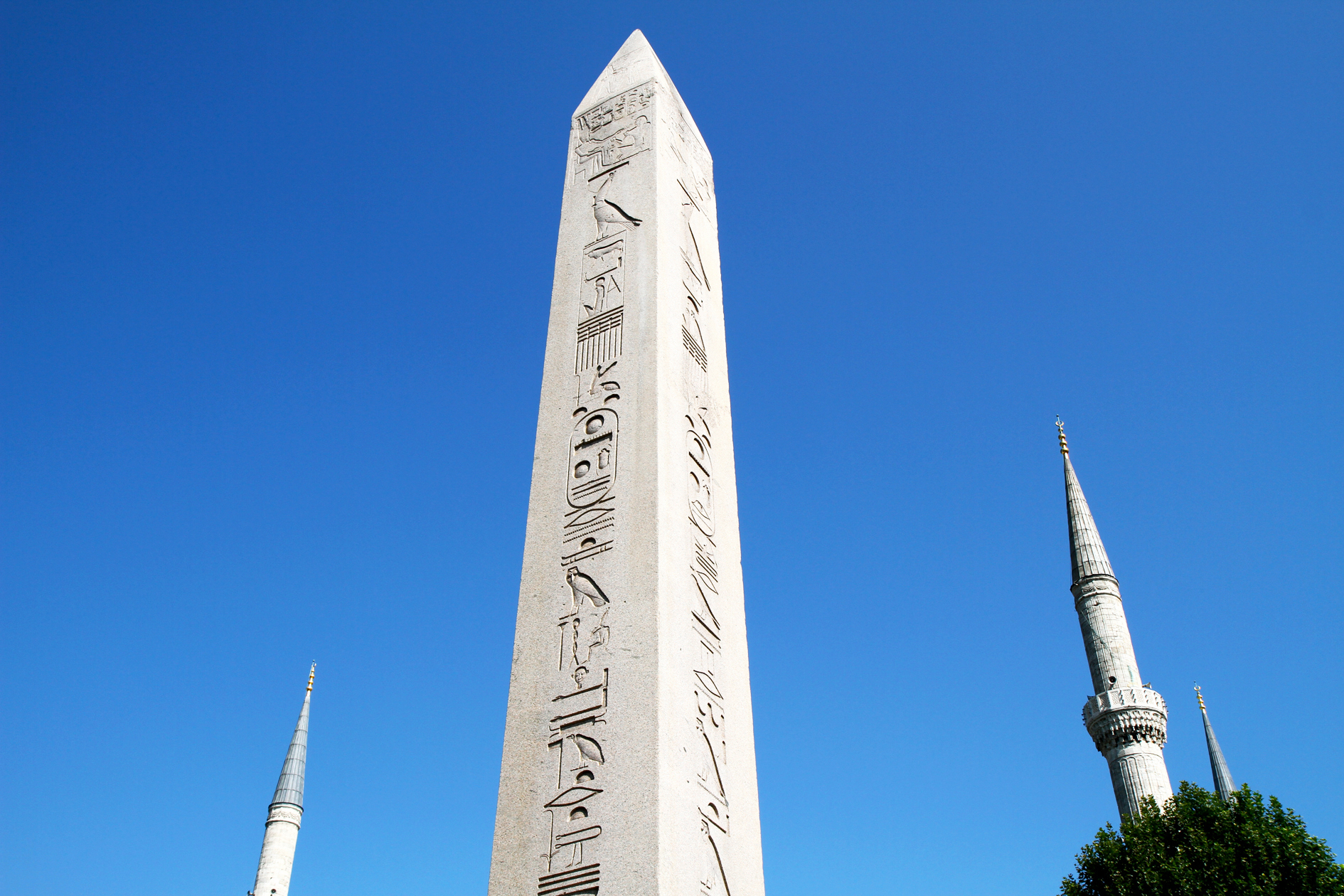Hippodrome of Constantinople
The hippodrome was a circus and an arena for chariot racing during the Byzantine Empire. Constructed in 203 AD, (during the reign of the emperor Septimius Severus) the stadium was approximately 130 meters wide, 450 meters long and believed to accommodate up to 50,000 spectators. In addition to being a sporting mecca, the structure was a social and political center more than for 1,400 years. The hippodrome was also the backdrop for many political dramas. As the expense of festivals and spectacles at the hippodrome increased, the political factions began to take responsibility for the entertainment which included chariot races, wild beast fights and pantomimes. Chariots teams, identified by color, represented each of the political factions. Support for a team was akin to membership in a political party. In 532 AD, the Blue and Green factions joined forces to protest high taxes imposed by Justinian. The protests escalated into the Nika Revolt. Lasting over a week, the riots were the most violent in the city’s history. Nearly half of Constantinople burned and thousands perished.
Remnants of the Hippodrome
After sacking Hagia Sophia during the Fourth Crusade (1204 AD), soldiers looted the hippodrome. Believing them to be gold, the Crusaders removed all the plates from the Obelisk of Constantine Porphyrogenitus. In addition, they stole the famous Triumphal Quadriga (a team of four horses cast in bronze) and placed it above the main entrance to Venice’s Basilica di San Marco. Following the damage and looting, gallery levels were eventually dismantled with remaining columns utilized in the construction of the nearby Süleymaniye Mosque.
Sultanahmet Square
Today, the area once known as Hippodrome of Constantinople is an oblong plaza called Sultanahmet Square (Sultanahmet Meydan) . Remnants from the hippodrome (including the Serpents Column, the Obelisk of Constantine, and the Obelisk of Theodosius) remain in the plaza today.
• Serpents Column
At the center of the plaza stands what remains of the Serpents Column (also Delphi Tripod). Originally topped by three serpent heads, it was cast to commemorate Hellenic victory over the Persians in the Battle of Plataea. Erected at Temple of Apollo at Delphi in 478 BC, Constantine the Great brought the column to Constantinople around 330 AD.
• Obelisk of Constantine
Located to the south of the Serpents Column (at very center of what was once the arena) stands the Obelisk of Constantine Porphyrogenitus (also called the Bronze Obelisk). Believed to be the oldest of the three remaining monuments, the column may have been part of the original hippodrome construction in 203 AD. It was once decorated with plates of gilded bronze and topped with a gilded globe.
• Obelisk of Theodosius
To the north of the Serpents Column stands the Obelisk of Theodosius (also called the Thebean or Egyptian Obelisk). Carved in Egypt during the reign of Thutmose III (reign 1549-1503 BC), it was originally erected at the Amon-Re temple at Karnak. Theodosius the Great (reign 379-95 AD) brought the obelisk from Egypt to Constantinople in 390 AD.
• German Fountain
The German Fountain (presented to Sultan Abdül Hamit II in 1898 by German Emperor Kaiser Wilhem) stands at the northern end of Sultan Ahmet Square
Photography by Jason B Graham
Explore The Hippodrome of Constantinople
Istanbul, Turkey

